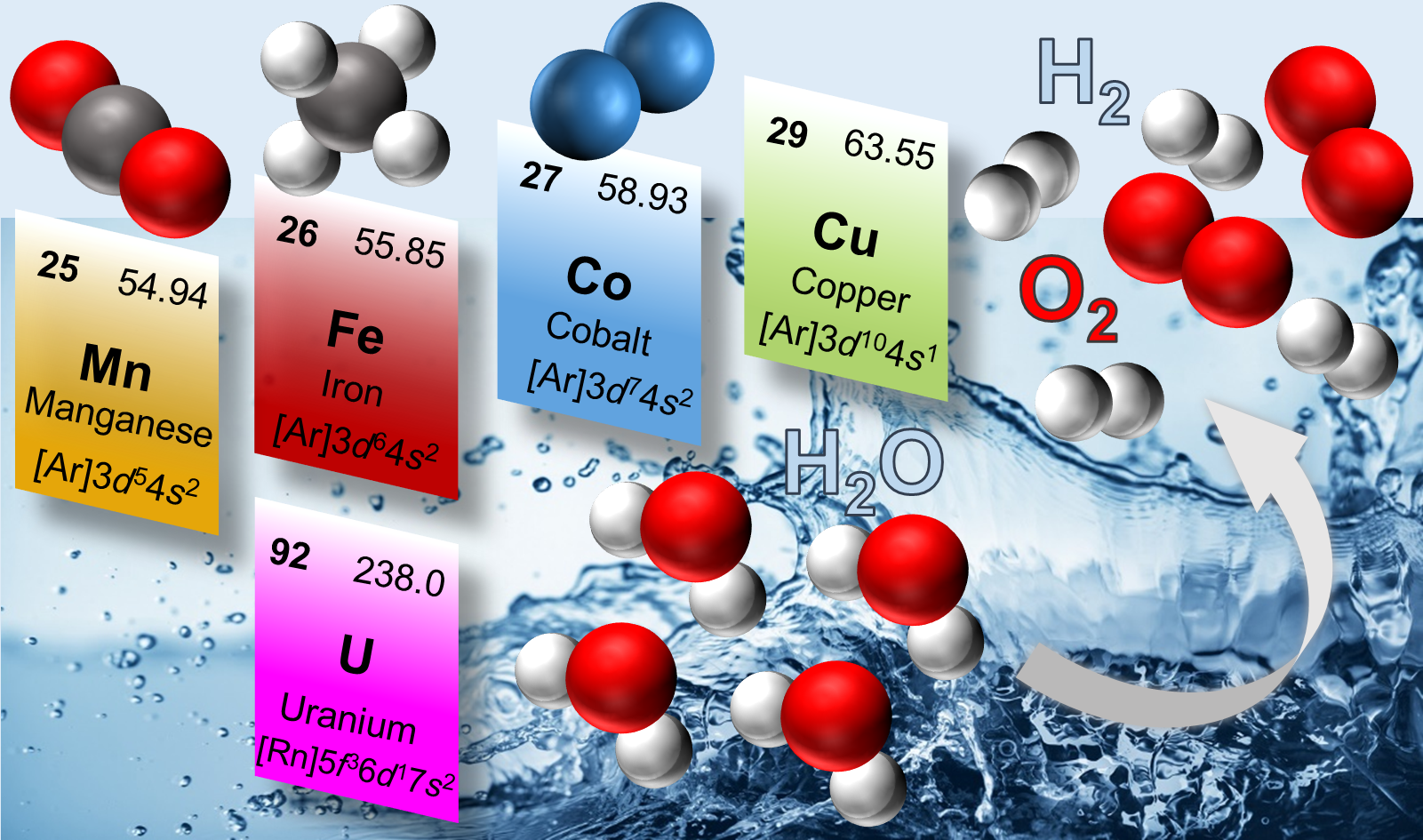Small Molecule Activation Chemistry
Small Molecule Activation Chemistry
– Metal-Mediated Transformations
Towards New and Sustainable Energy Conversion Schemes–
by
Karsten Meyer | Friedrich-Alexander-Universität Erlangen-Nürnberg (FAU)
Abstract. Nature has mastered the art of using metal ions – as active centers in enzymes – for the selective and sustainable transformation of simple, abundant and mostly inert small molecules into high-value chemical feedstocks and energy resources.

Accordingly, small molecule activation (SMA) constitutes one of the main frontiers of inorganic coordination chemistry, with much effort directed towards the development of new processes for the catalytic and electrocatalytic transformation of abundant small molecules, such as H2, N2, O2, CO or CO2, H2O and NH3, into value-added commodities, fine-chemicals, active pharmaceutical ingredients and polymers. The area of SMA is not only restricted to the upgrading of these abundant and stable molecules but also embraces other types of readily available feedstock compounds, such as alkanes, alkenes and simple aromatics; e.g., the selective oxidation of CH4 to CH3OH. Specific sub-areas of SMA that continue to stimulate scientific communities to advance inorganic chemistry for CO2 reduction to CO and subsequent Fischer-Tropsch catalysis for the production of carbon-based fuels. Even more appealing is the reductive activation of atmospheric N2 to NH3 and the production of H2 from H2O splitting catalysis. The latter would allow for the development of fuel-cell technologies for carbon-free energy production.
Examples will be taken from the current literature
Leading Reference
“Activation of Small Molecules”
Organometallic and Bioinorganic Perspectives
Edited by William B. Tolman, Wiley-VCH 2006
